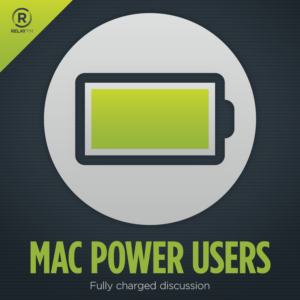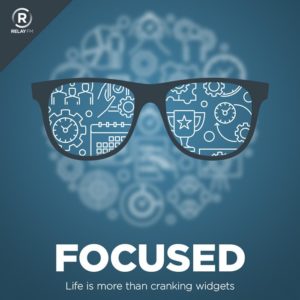This week MacSparky is sponsored by a killer Mac utility, TextSniper. TextSniper is a Mac OCR app that can extract text anywhere on your Mac’s screen and automatically save it to your clipboard, so you can paste it anywhere you need it. It can even read the text to you. The whole thing works a lot like the built-in screen capture on the Mac, just way more powerful. You know those websites that won’t let you copy text? With TextSniper, you can. Do you know the pain of getting a phone number out of a document? It’s easy with Text Sniper.
That’s not all. With TextSniper, you can:
- Quickly get text from PDFs, Zoom calls, Presentations, and Videos.
- Read QR codes and barcodes.
- Get text out of just about any image format, including JPG, PNG, GIF, TIFF, and BMP.
- TextSniper also doubles as a QR code and barcode reader. It can even read the text back to you with its Text to Speech Engine.
I use this app often. It’s made by a developer who spends much time making it the best capture utility on the Mac. You can even use your iPhone or iPad camera to take a photo for TextSniper to perform its magic. Just last week I used TextSniper to pull text out of a paused YouTube video. Yup. You can do that.
Moreover, in an era where so much software is more about data mining than giving you a service, TextSniper doesn’t collect your data. The text recognition is processed on your Mac and does not require an internet connection.
TextSniper works with macOS Catalina and later and also works with Parallels Desktop
Get TextSniper now and enjoy the fastest way to copy uncopyable text, wherever you find it. Use promo code TSMS2023 to get an additional 25% off.



